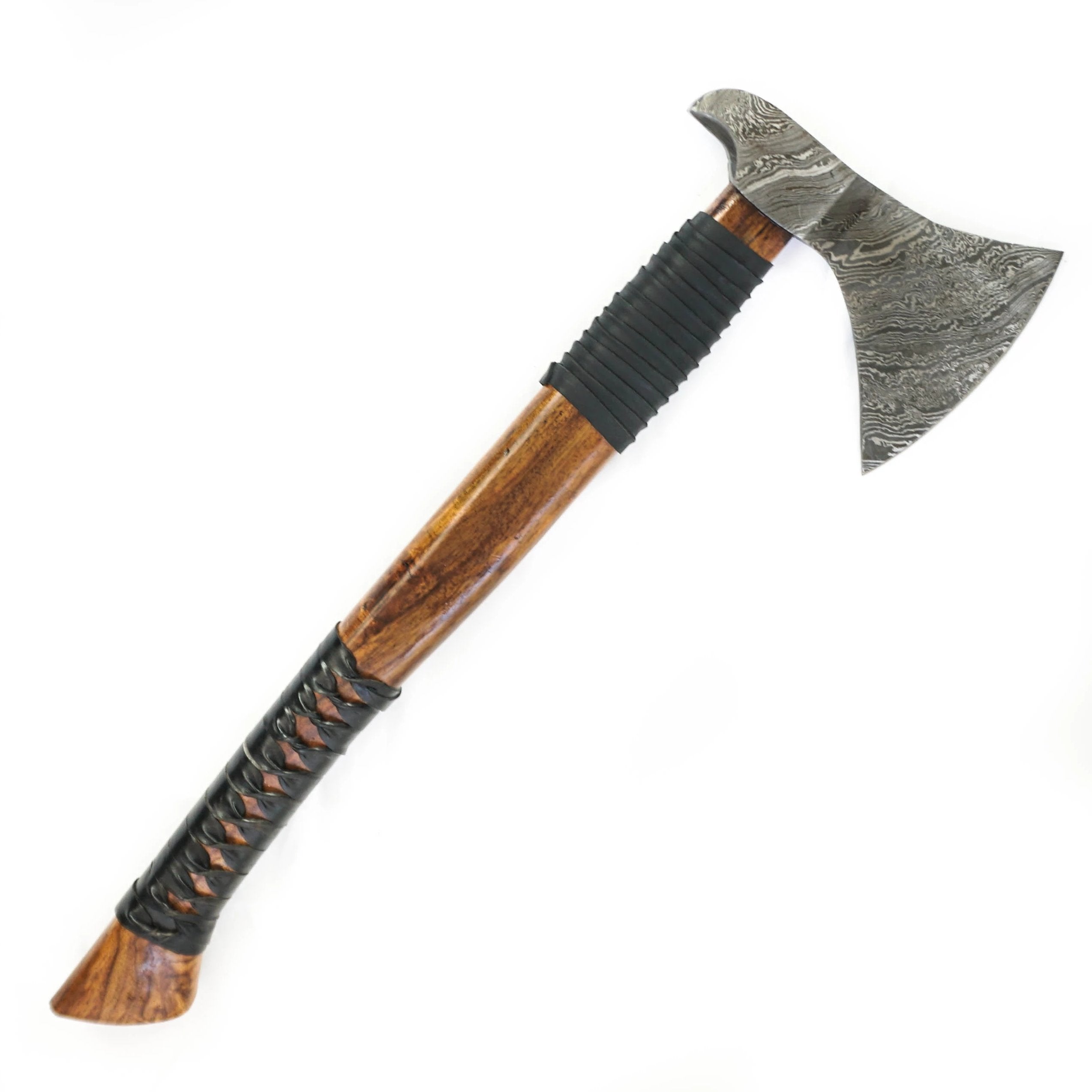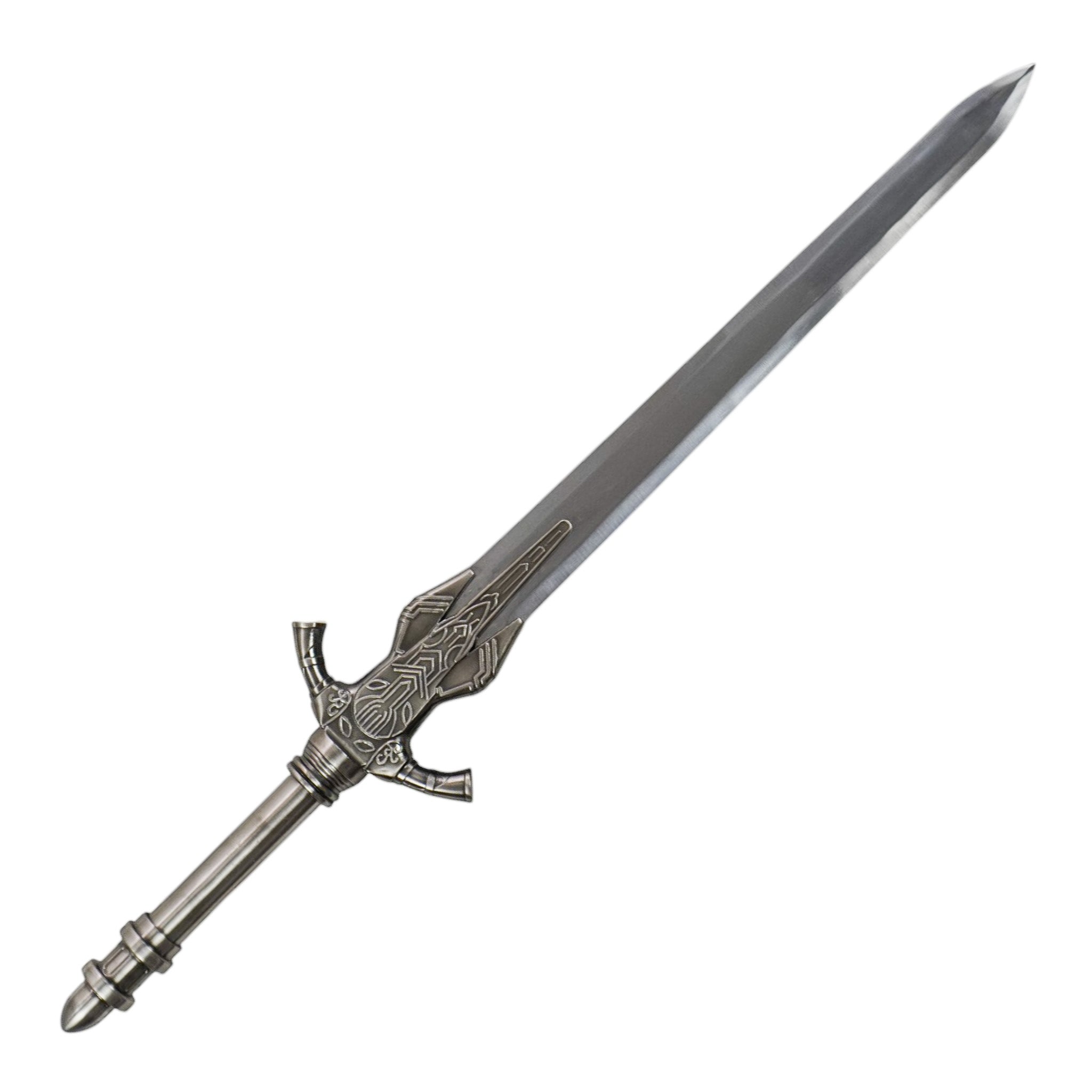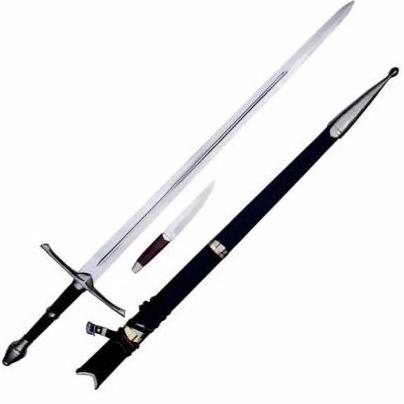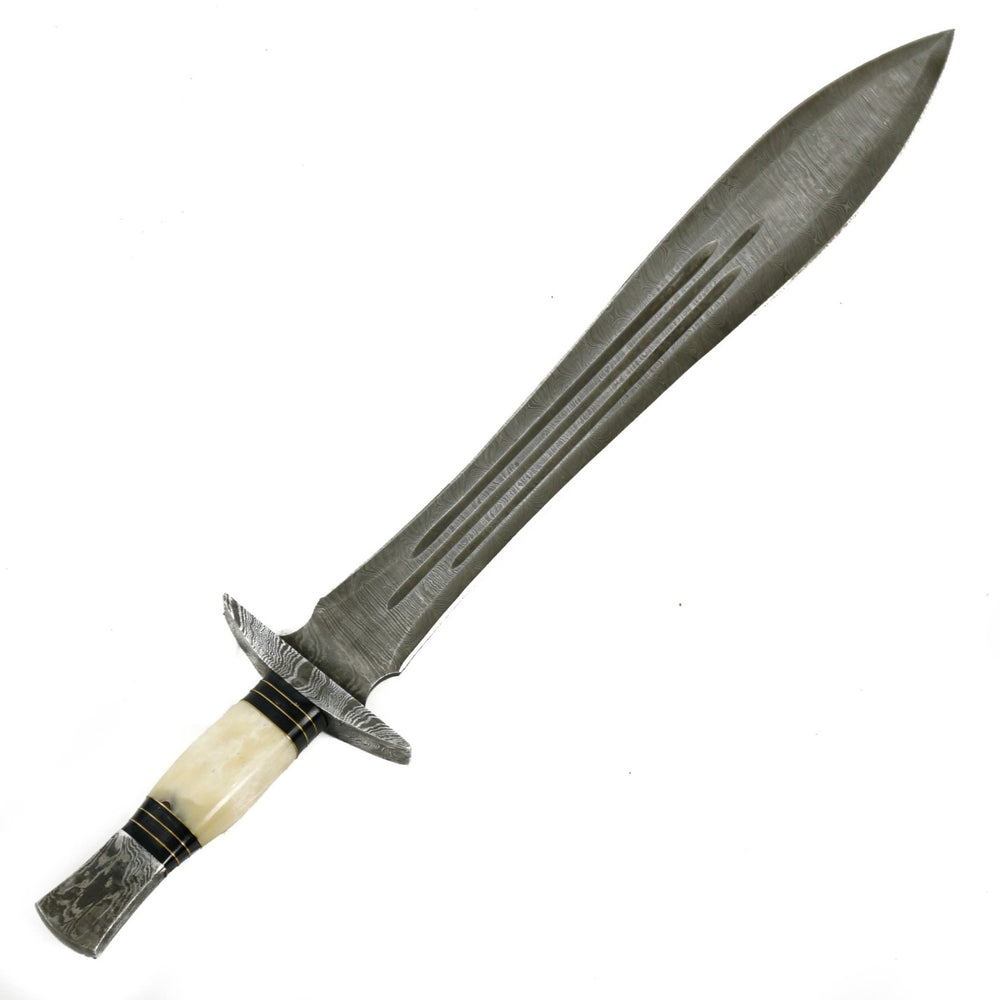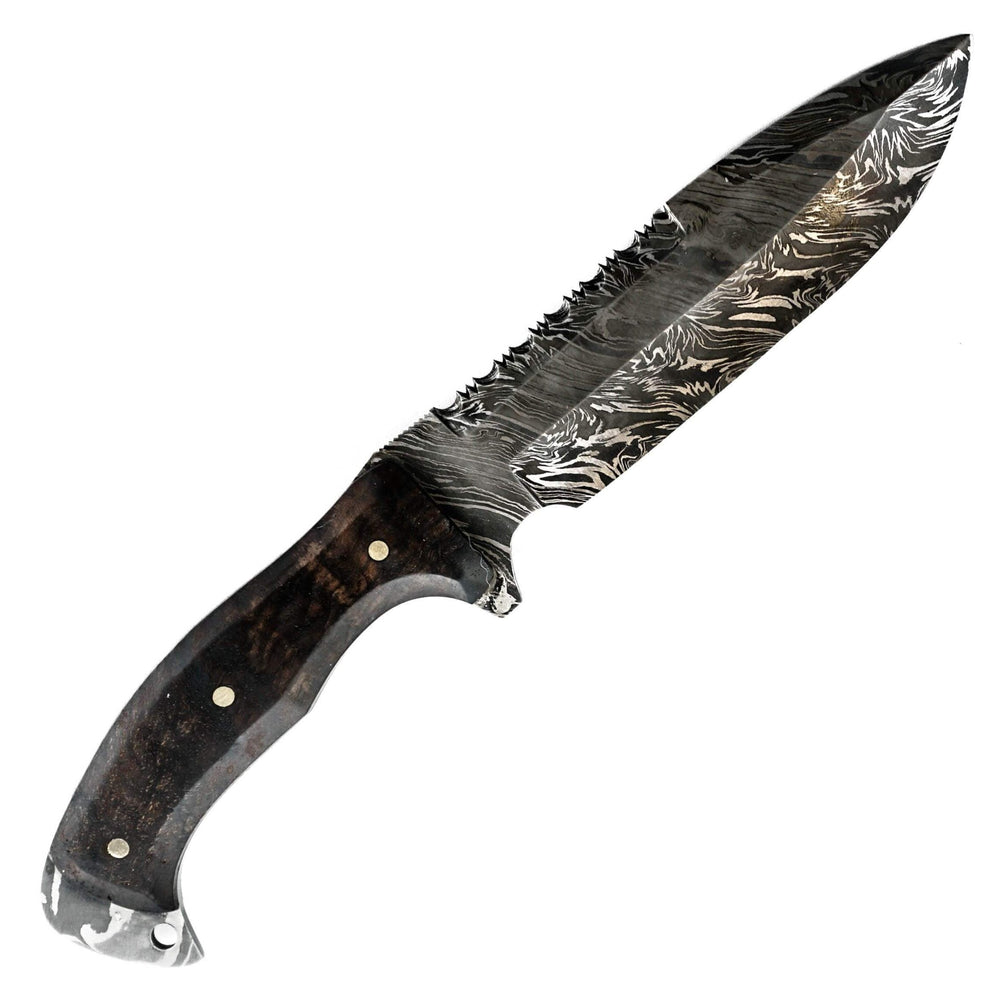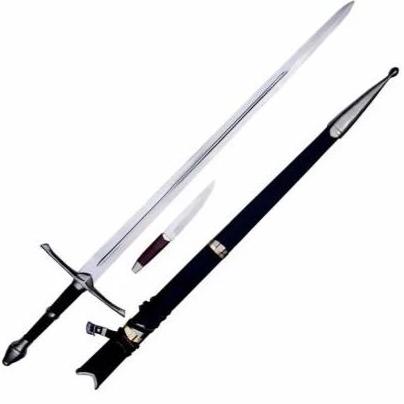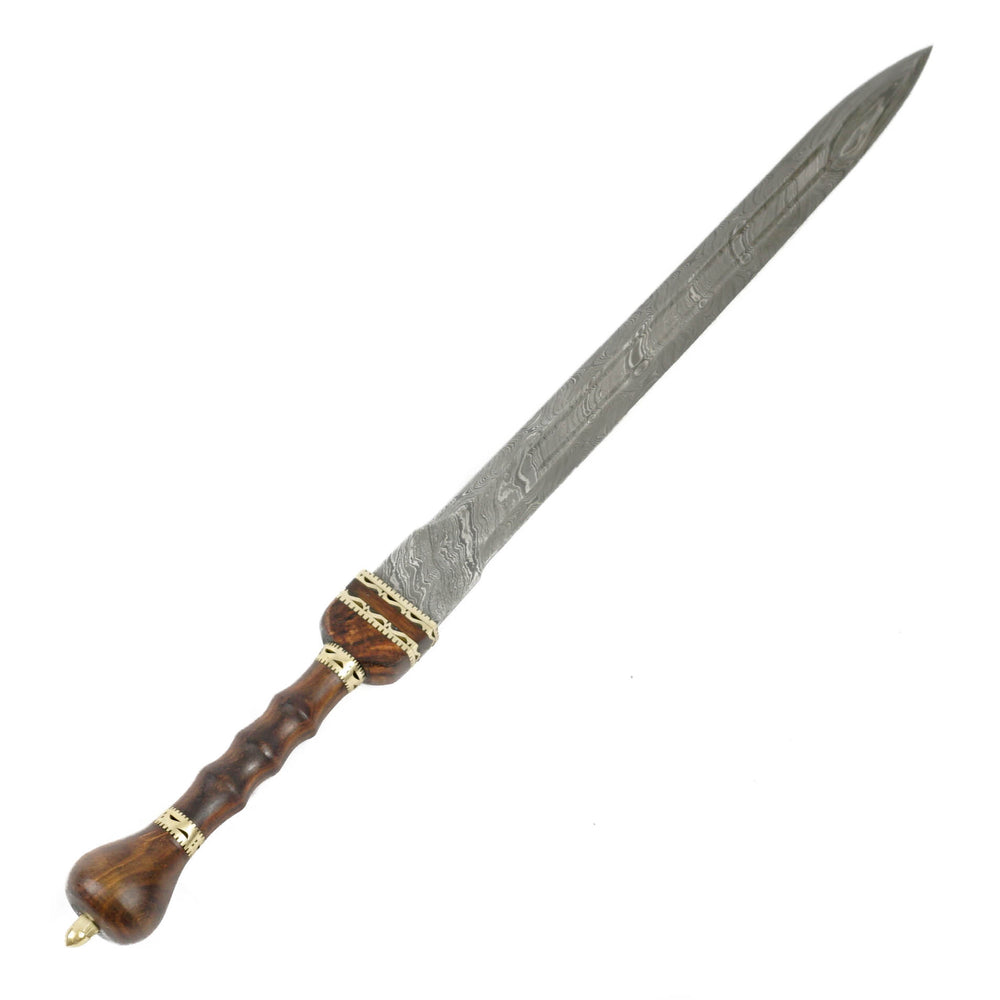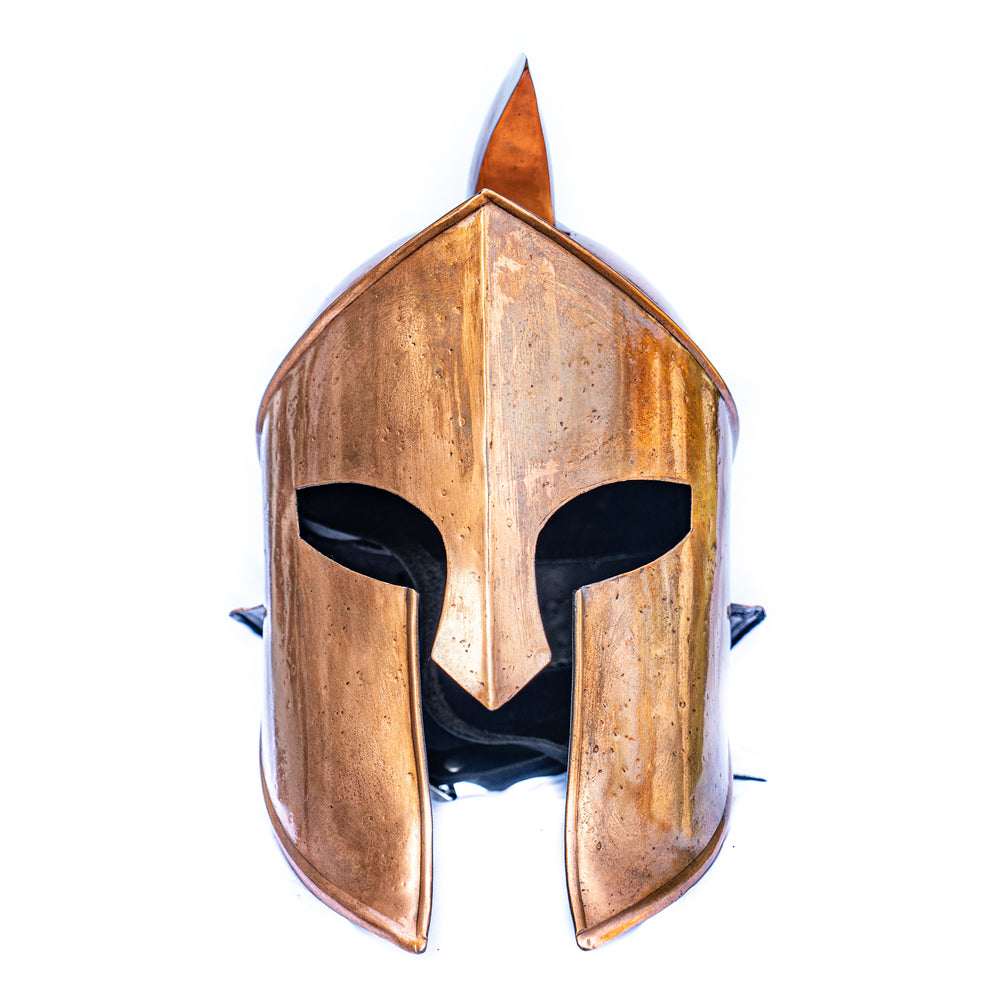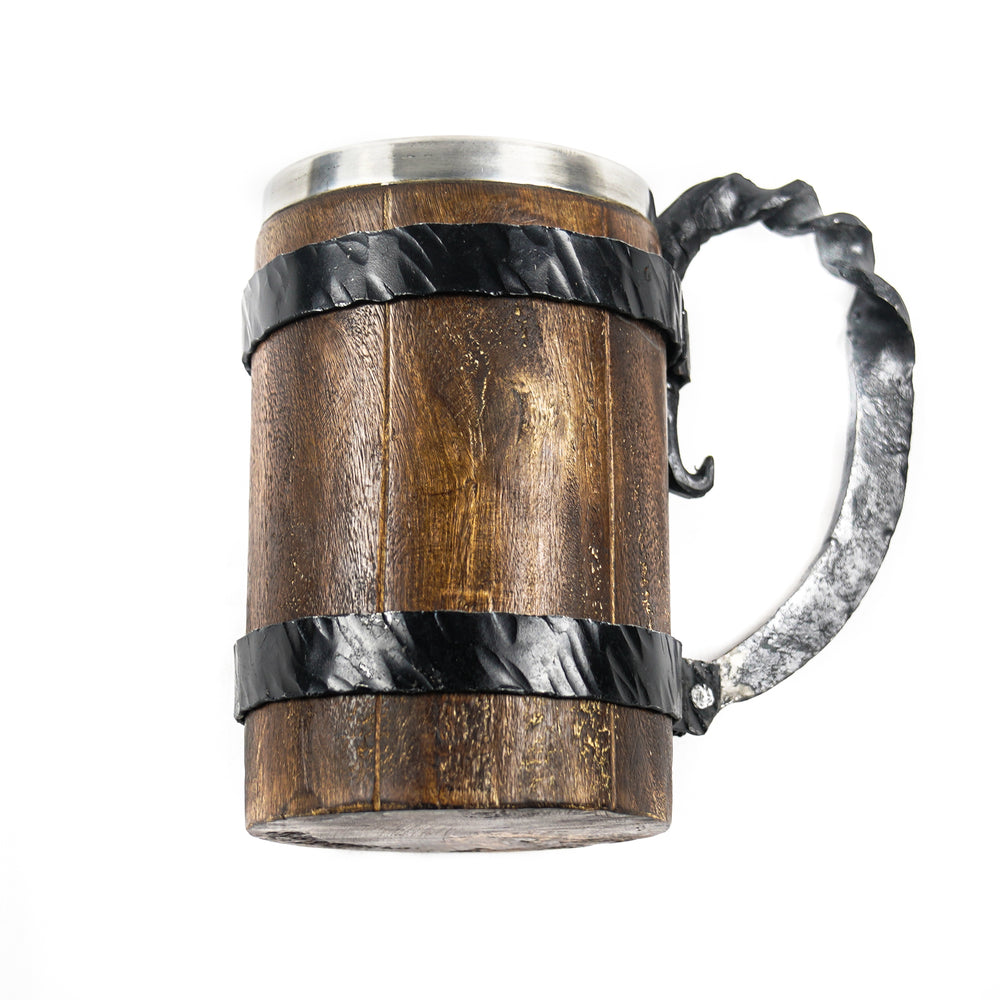Why the Haladie Knife Is Different from Other Historic Blades
Weapons over the centuries have not only reflected the power of a warrior but also the
culture and expertise of the time. The Haladie knife is one such knife among the many that have made a mark over the centuries, which is unique and rare.
This double-pronged dagger, formerly used by ancient Indian and Syrian warriors, is unlike any other sword from the past in either form or function. Regardless of whether one is a collector, a martial artist, or simply a history enthusiast, the Haladie offers a fascinating look into the world of ancient weaponry.
What is a Haladie Knife?
The Haladie knife was a double-bladed dagger with two curved blades extending in
opposite directions from a central hilt. The central hilt itself was also sometimes equipped with a spike or a second blade, giving the combatant three points to strike. Compared to usual knives that react to one direction or function, the Haladie allowed warriors to attack, defend, and counter using both ends simultaneously.
This multi-blade sword originated in ancient Syria and India, where it was actually
popularized by the Rajput warriors, remarkable combatants who were famous for their swordsmanship and bravery. Its unique design is ideal for close-quarters combat, as it allows swift, deadly moves that could confuse and overpower enemies.
Most Significant Characteristics That Differentiate the Haladie
1. Double Blades for Double Threats
One of the most characteristic features of the Haladie knife is that it features two curved
blades. These allowed the user to slash in two ways. Unlike a forward or backward swing
motion of an ordinary sword or a dagger, the Haladie is more versatile and hence more
challenging to predict in a fight.
2. Central Grip with Integral Defense
The handle portion between the blades is often supported with metal spikes or guards. The center section may be used to strike away at enemy weapons or even to punch or jab while fighting in close quarters. This feature made the Haladie a defensive and an offensive tool.
3. Cultural Symbolism
Other than its functional application in combat, the Haladie was also symbolic. It represented strength, strategy, and honor. Within Rajput culture, arms were often more than mere weapons—they were sacred extensions of the warrior's soul. Collectors and history buffs today admire the Haladie for its dramatic form and historical significance.
A Blade Forged for Agility and Skill
While most ancient weapons were big and built for brute force, the Haladie was built for
speed, precision, and finesse. It required a trained hand to use it effectively. Warriors trained for years to master the timing and balance needed to fully utilize the two blades. Where great swords did not, the Haladie offered the element of surprise and required intelligent strategy over brute force.
Its smaller size also made it lighter and easier to conceal, giving warriors an edge in sudden or surprise attacks. This blend of deadliness and agility is part of what makes the Haladie so impressive even today.
Haladie vs. Other Ancient Blades
Compared to other mythological swords such as the Roman gladius, Viking battle-axe, or
Japanese katana, the Haladie offers a completely different experience in combat. While
most traditional swords are focused on a single-edge design, optimally adapted for cutting, thrusting, or slashing, the dual-blade design of the Haladie opens doors for multi-angle attacks and rapid combos. It neither has the sweep of a sword nor the weight of a battle axe, but possesses something that they cannot—close combat versatility.
Why Collectors and Enthusiasts Adore the Haladie
The Haladie is highly prized by collectors, historians, and martial artists today. Here's why:
-
Historical Significance: It represents a unique period of South Asian and Middle
Eastern military history.
-
Artistry: Traditional Haladie knives are beautifully ornamented with delicate
engravings, precious metal inlays, and curved steelwork.
-
Rarity: Haladie knives are rarer than other swords or daggers, so they truly stand out
in any collection
-
Conversation Starter: Its unusual shape and origins immediately attract attention,
whether it's displayed in a home or carried at a historical reenactment.
At Battling Blades, customers can find a range of handcrafted replica Haladie knives. Each is made with form and function in mind, capturing the spirit of the originals. Whether used as a display item, a training tool, or a gift for a history enthusiast, the Haladie never fails to impress.
Conclusion: A Knife with a Legacy
The Haladie knife is a powerful reminder that technology on the battlefield was not merely about power—it was a matter of intelligence, skill, and creativity. Its remarkable looks and effective design made it an esteemed weapon of choice for warriors centuries ago, and to this day, it is one of the most intriguing blades ever made in the world of historical arms.
Whether admired for its cultural heritage, desired for its original design, or examined for its strategic benefits, the Haladie knife remains to captivate minds across centuries. To those who appreciate the art of the past and the evolution of weapons, the Haladie is not just a knife—it's a piece of history forged in steel.

